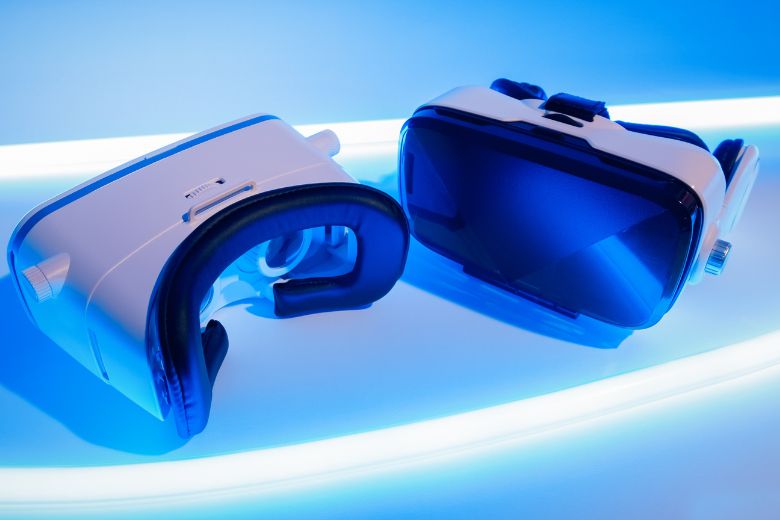Table of Contents
Understanding Wearable Technology
Wearable technology refers to electronic devices or gadgets that can be worn on the body, either as accessories or integrated into clothing. These devices are equipped with advanced sensors, processors, and wireless connectivity, allowing them to collect data, perform various tasks, and interact with other devices or platforms. The primary purpose of wearable technology is to enhance the user’s daily activities, provide real-time information, and enable seamless communication and interaction.
2. The Evolution of Wearable Devices
Wearable technology has come a long way since its inception. Initially, wearable devices were limited to basic functions such as pedometers or heart rate monitors. However, with advancements in technology and miniaturization, we now have a wide range of sophisticated wearable devices available in the market. Manufacturers have focused on incorporating advanced features, sleek designs, and improved user interfaces to make these devices more appealing and user-friendly.
3. Health and Fitness Tracking
3.1 Tracking Physical Activity
One of the most popular applications of wearable technology is fitness tracking. Wearable devices can accurately measure steps taken, distance covered, calories burned, and other metrics to help individuals monitor their physical activity levels. This data can be synced with smartphones or computers to provide detailed insights and analysis, motivating users to stay active and achieve their fitness goals.
3.2 Monitoring Heart Rate and Sleep Patterns
Many wearable devices now include built-in heart rate monitors, allowing users to track their heart rate in real-time during exercise or daily activities. Additionally, sleep tracking features can monitor sleep duration, quality, and provide personalized recommendations to improve sleep patterns. These features enable individuals to optimize their fitness routines and prioritize restful sleep for overall well-being.
3.3 Managing Stress and Mental Well-being
Some wearable devices incorporate stress management features, such as guided breathing exercises and mindfulness reminders. By monitoring physiological indicators like heart rate variability and skin conductance, these devices provide valuable insights into the user’s stress levels and offer techniques to reduce stress and improve mental well-being.
4. Smartwatches: Beyond Timekeeping
Smartwatches have gained immense popularity due to their versatility and functionality. These wrist-worn devices offer a wide range of features that go beyond traditional timekeeping.
4.1 Staying Connected on the Go
Smartwatches enable users to stay connected without having to constantly check their smartphones. Incoming calls, messages, emails, and social media notifications can be conveniently accessed and managed directly from the wrist. This feature is particularly useful during workouts, meetings, or when it’s not convenient to reach for a phone.
4.2 Personalized Notifications and Reminders
With smartwatches, users can receive personalized notifications and reminders based on their preferences and schedules. Whether it’s a calendar event, a reminder to drink water, or an important task, these devices ensure that users stay organized and never miss an important event.
4.3 Fitness and Wellness Features
Smartwatches are equipped with various fitness and wellness features, such as built-in GPS for accurate tracking of outdoor activities, heart rate monitoring for exercise optimization, and integration with fitness apps for comprehensive data analysis. They act as personal fitness companions, providing real-time feedback and motivating users to lead a healthier lifestyle.
Conclusion
Wearable technology has emerged as a game-changer in the tech industry, offering numerous benefits and applications across various domains. From health and fitness tracking to seamless connectivity and enhanced productivity, wearable devices have become an indispensable part of our lives. With ongoing advancements in technology and increasing consumer demand, the future of wearable technology looks promising. However, it is essential to address challenges related to privacy, user experience, and compatibility to ensure the continued success and adoption of these smart devices.
FAQs
1. How long does the battery of a smartwatch typically last?
The battery life of a smartwatch varies depending on several factors, such as the device’s features, usage patterns, and battery capacity. On average, most smartwatches can last one to two days on a single charge. However, more advanced models with larger batteries can offer longer battery life.
2. Can wearable technology help in weight loss?
Wearable technology, particularly fitness trackers, can be valuable tools in weight loss journeys. By monitoring physical activity, calories burned, and providing personalized insights, these devices can help individuals set goals, track progress, and make informed decisions to achieve their weight loss objectives.
3. Are augmented reality glasses suitable for everyday use?
While augmented reality glasses offer exciting possibilities, they are still in the early stages of development and adoption. Current models are more commonly used in specific industries, such as healthcare, engineering, and gaming. As the technology advances and becomes more accessible, we may see augmented reality glasses becoming suitable for everyday use.
4. Is wearable technology safe for children?
Wearable technology designed for children, such as smartwatches with GPS tracking, can provide added safety and peace of mind for parents. However, it is crucial to ensure that these devices comply with safety regulations, protect privacy, and have appropriate security measures in place to safeguard children’s data.
5. What are the potential privacy concerns with wearable devices?
Privacy concerns with wearable devices mainly revolve around the collection and storage of personal data. It is essential to choose reputable brands and understand how they handle user data. Users should also review and adjust privacy settings, be cautious of sharing sensitive information, and regularly update device software to protect their privacy and security.

